 Canadian author Kelley Armstrong is best known as a bestselling writer of urban fantasy. Her Nadia Stafford trilogy was her first foray into the mystery/crime fiction genre. Having already read the sequel novellas that conclude the series, I really want to read the original trilogy. This first volume didn’t disappoint!
Canadian author Kelley Armstrong is best known as a bestselling writer of urban fantasy. Her Nadia Stafford trilogy was her first foray into the mystery/crime fiction genre. Having already read the sequel novellas that conclude the series, I really want to read the original trilogy. This first volume didn’t disappoint!
After a short, grim prologue in third person, Chapter 1 introduces us to series protagonist Nadia, who’ll be our first person narrator for the bulk of the novel. (The parts from other viewpoints are in third person.) Now 32 years old (so, though the books were written from 2007-2017, the story arc of the series actually covers just three years in her life), she owns and operates a guest lodge in the northern forests of her native Canada. Raised in a family of cops, she’s always had a strong compulsion to serve justice and protect the innocent, which deepened and became more driven after the death of her much-loved cousin, who was murdered when the girls were in their teens. (Nadia still blames herself for not keeping Amy safe.) When she followed in her family footsteps by joining the force, that compulsion had to be tempered by laws and procedures protecting suspects and requiring due process, that exist for a good reason. In her early 20s, there came a triggering incident where her reaction couldn’t be tempered, and boiled over in an act of vigilantism that cost her her badge. Investing in her lodge was a way of rebuilding her life. But she’s fortunate in employing a married couple who can manage the place at times if she has to be away for awhile; because she has an un-advertised side occupation.
The lodge barely breaks even, and six years ago was on the verge of bankruptcy. A regular guest was aware of her financial troubles, and of her history. He happened to be a high-ranking member of New York City’s Tomassini Mafia family. His family aren’t philanthropists, and don’t have much in the way of ethical values –but he could respect hers, and understand something of her mindset. Occasionally, the Tomassini’s interests call for the elimination of some genuinely bad person, who really is a threat to the innocent; and at those times, they’re willing to pay top dollar to someone who can accomplish their purpose capably, without getting caught. So, he had a business proposition for her; and when she accepted it, she saved her lodge.
But she also crossed a line that put her permanently on the wrong side of the law, precluded much possibility for normal close human relationships, and set her on a dark and morally problematic path. She doesn’t relish killing in itself, even of the deserving and dangerous, and is painfully aware that a regular diet of it is troubling and unhealthy. But it does allow her, in some sense, to fulfill her inner compulsion, and it’s become an inescapable part of the person that she is, which she shoulders responsibility for. Her narrative voice looks at herself honestly and self-critically, but without apology. So if you, the reader, are going to be friends with her, you’ll have to look her in the eye and decide whether you can accept her as is. (Obviously I can, since I’m a series fan.)
Early on here, she gets a visit from her taciturn older acquaintance Jack. She’s gotten to know him some (though that’s not easy) in the last few years, since he first showed up at the lodge and let her know that he’s also in her illegal line of work. He’s been back sometimes since, and become a bit of a mentor, with professional advice that she’s found useful. Now, he’s bringing news of the Helter Skelter Killer who’s been terrorizing the U.S. (she’s heard of the case, but deliberately refused to immerse herself in the details). Over a period of nine days in October, across several states, four very diverse people have been murdered, in different localities and all by different means; the only unifying factor is a page torn out of the book Helter Skelter and left beside each of the victims. The chilling twist, though, is that law enforcement officials believe the perp is actually a professional killer, who’s gone rogue and is now dropping random bodies. This has produced an unusual spotlight of police attention on the very small world of long-term hitmen/women, resulting in a couple of arrests, much inconvenience, and a general climate that’s very bad for business.
By nature and necessity, the denizens of this circle are not a gregarious and chummy bunch; but to the extent that they do share information and opinions, their general consensus is that this wacko needs to be identified and stopped, NOW. Jack wants to know if Nadia’s willing to bring her cop skills to the table and partner with him in this hunt. She’s not too keen about coming out from behind her curtain of anonymity, even just among other assassins; and while talking to Jack sometimes at her lodge is one thing, she’s got some trust issues about going off to the States with him and working together. But …the precious lives of more potential victims that this killer might take are at stake, and Nadia is Nadia. Having gotten to know her by reading the novellas, I wouldn’t have been surprised by her answer even if I hadn’t read the cover blurb of the book. :-) So, as Sherlock Holmes might have said, the game is afoot!
As a rule, I don’t care for the idea of serial-killer fiction, and mostly avoid it (the one other exception being Agatha Christie’s The ABC Murders). I’m also not usually a particular fan of romantic triangles, despite my liking for the Twilight Saga, and we get something of that vibe here. (Having read the later books, I already knew how that would play out –and my reviews of those books would be “spoilers” for that aspect!– but reading the series in order is probably the best way to experience the character arcs and relationship developments.) Unlike in the Christie book, we do experience most of the serial killings directly, although they’re done quickly and Armstrong doesn’t wallow in the gore, and we do get in the killer’s sick and disturbed head some –thankfully, only at times and briefly, but it’s an unpleasant place to be.
Coupled with the mitigating factors, though, the author’s strong character study of Nadia herself made this a worthwhile read. She’s a fascinating, complex character (and when the chips are down, an actual heroine despite the ethical issues some of her life choices present), and not the only one of those here; very vivid, round and complicated characterizations are one of this author’s particular strengths. Even minor characters who only appear for a few pages are often illuminated clearly enough to be memorable. Not many of them are particularly likeable (although Nadia honestly is, at least to me, and that’s an assessment I think series fans in general would echo), but you do understand them –or, if you don’t, you’re intrigued enough to want to peel back more of the layers.
This is a genuine, challenging mystery that takes detection and deduction to solve, and Nadia and her unlikely fellow sleuths don’t have access to the kind of crime scene investigation and witness interviews that the FBI does. (Fortunately, though, which partially compensates, they do have more knowledge of the shadowy world of killers for hire than the authorities do.) It’s definitely a mystery of the “American” school, not its staid and cerebral British counterpart: gritty, violent and fraught with danger, and peppered with bad language, though I considered the level of the latter legitimate in terms of realism for these characters. (There’s no sex, explicit or not, but there is some reference to it; Nadia isn’t often promiscuous, but her attitudes are colored by the fact that she doesn’t expect marriage to ever be in her possible future.) The investigation snakes through a dark underside of America, where not only the serial killer but other nefarious types as well have dark secrets, and no scruples about eliminating the nosy. And while Nadia’s very protective of innocent life, even when it’s not convenient to be –despite her hit woman credentials, you could totally trust her to babysit your toddlers!– thugs who want to kill her may find her quite lethal.
Overall, this is a gripping read right from the starting gate (Armstrong leaves two dead bodies lying on the first nine pages), with a lot of action and a real page-turning quality. With the above-mentioned caveat for language issues, I’d highly recommend it to mystery/crime fiction and action “thriller” fans.
Author: Kelley Armstrong
Publisher: KLA Fricke Inc.; available through Amazon, both for Kindle and as a printed book.
A version of this review previously appeared on Goodreads.
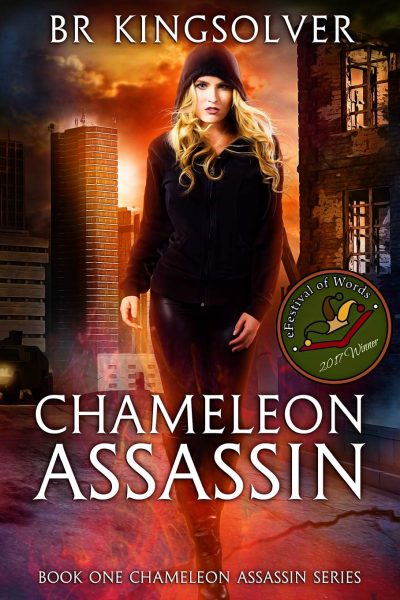 This takes place in a mildly post-apocalyptic version of Toronto. Climate change and other global issues have helped trigger a sharp increase in mutations among newborn children. Some are positive; others… not so much. The social upheaval also occurring around this time has led to a sharp divide between the haves and the have-nots, with the former able to enjoy considerably more than basic essentials such as clean air and water. The latter struggle to afford these necessities, creating a vicious cycle of deprivation. Libby Nelson rides the razor’s edge between the two worlds. While a mutant herself, she has been blessed with abilities rather than cursed with ailments; she can change her appearance and also disrupt electrical currents.
This takes place in a mildly post-apocalyptic version of Toronto. Climate change and other global issues have helped trigger a sharp increase in mutations among newborn children. Some are positive; others… not so much. The social upheaval also occurring around this time has led to a sharp divide between the haves and the have-nots, with the former able to enjoy considerably more than basic essentials such as clean air and water. The latter struggle to afford these necessities, creating a vicious cycle of deprivation. Libby Nelson rides the razor’s edge between the two worlds. While a mutant herself, she has been blessed with abilities rather than cursed with ailments; she can change her appearance and also disrupt electrical currents.




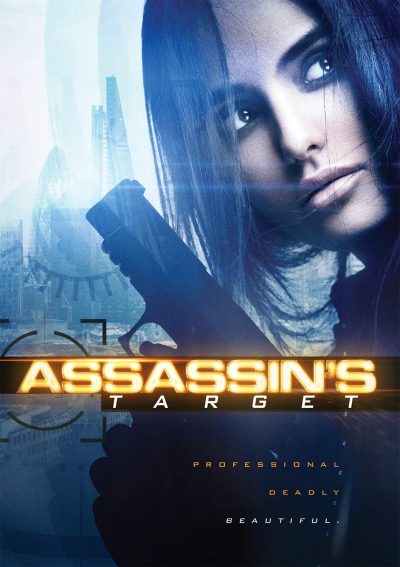
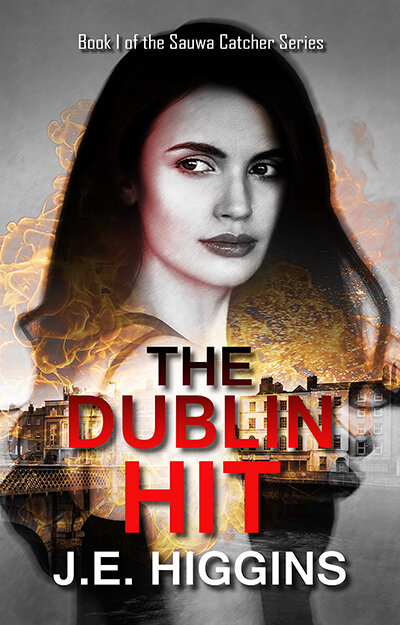 What’s most unusual about this book is its heroine. For many years, Sauwa Catcher operated as a killer for the racist South African government during the apartheid years, hunting down their enemies at home at abroad, and gaining the justifiable nickname ‘Angel of Death’ as a result. Yeah. This is not
What’s most unusual about this book is its heroine. For many years, Sauwa Catcher operated as a killer for the racist South African government during the apartheid years, hunting down their enemies at home at abroad, and gaining the justifiable nickname ‘Angel of Death’ as a result. Yeah. This is not 
 Another example which illustrates the difference between Western and Japanese approaches to education. For here we have “Class Black”, a group containing a baker’s dozen of female pupils, eleven of whom have been tasked by a mysterious group to assassinate the twelfth, with the person who does it being given absolutely anything they want by the organizers. Yeah, it’s not
Another example which illustrates the difference between Western and Japanese approaches to education. For here we have “Class Black”, a group containing a baker’s dozen of female pupils, eleven of whom have been tasked by a mysterious group to assassinate the twelfth, with the person who does it being given absolutely anything they want by the organizers. Yeah, it’s not 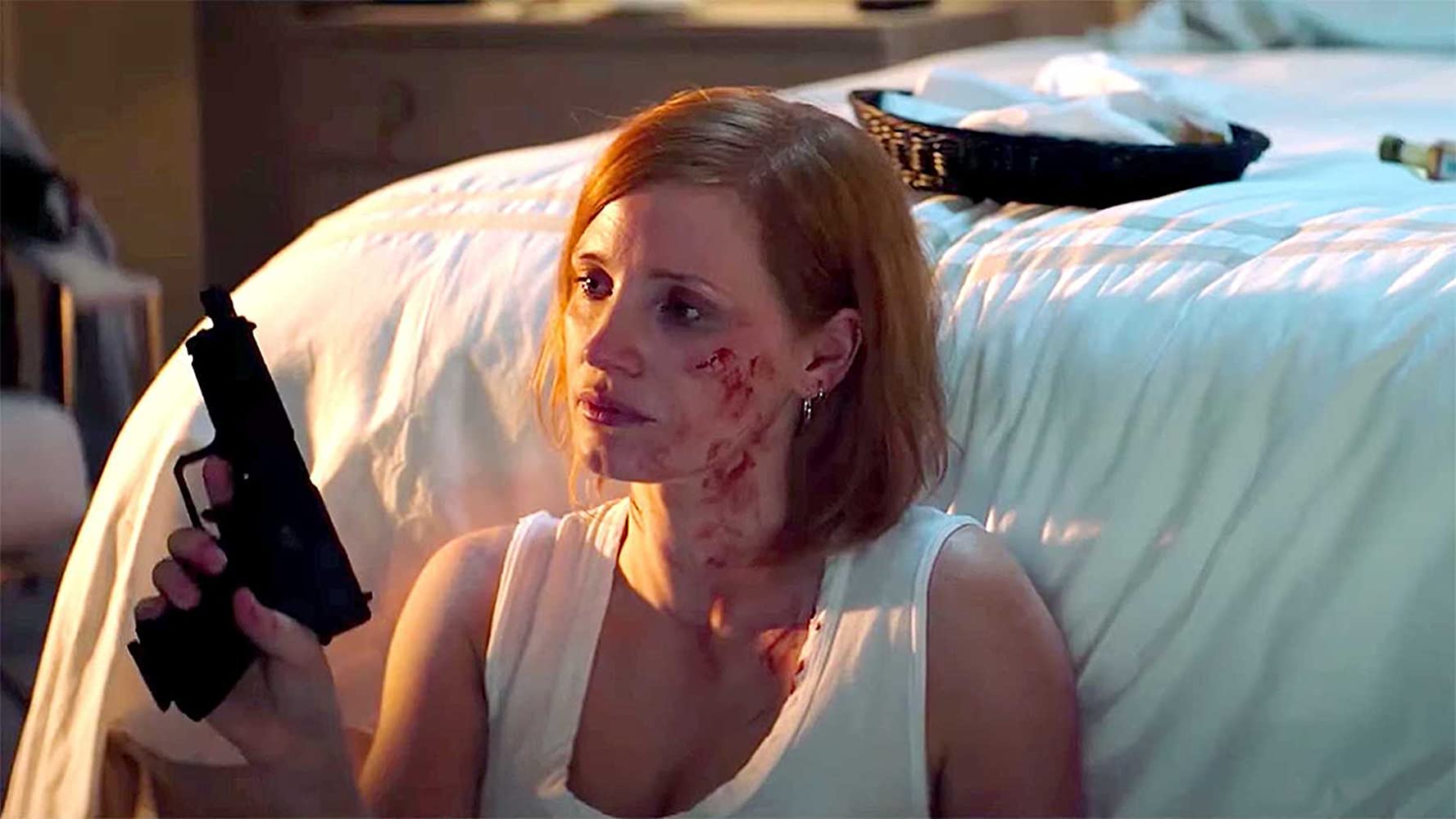 It has been a rough year for action heroines at the cinema. Actually, it has been a rough year for everyone everywhere, thanks to COVID-19. But for the purposes of this site, we have been sadly lacking the kind of tentpole releases which we usually write about over the summer. Wonder Woman 1984, for example, was to have come out in June. But with all venues bar the few remaining drive-ins closed, that was moved first to August, then October [and I don’t know about you, but I’m still not comfortable with the concept of cinema going]. Disney’s live-action version of Mulan opted to bypass theatres all together, and will instead be released on their streaming service.
It has been a rough year for action heroines at the cinema. Actually, it has been a rough year for everyone everywhere, thanks to COVID-19. But for the purposes of this site, we have been sadly lacking the kind of tentpole releases which we usually write about over the summer. Wonder Woman 1984, for example, was to have come out in June. But with all venues bar the few remaining drive-ins closed, that was moved first to August, then October [and I don’t know about you, but I’m still not comfortable with the concept of cinema going]. Disney’s live-action version of Mulan opted to bypass theatres all together, and will instead be released on their streaming service. The above paragraph is lean, mean and would have made for a perfectly decent movie. However, the script apparently decides it’s not enough – perhaps Chastain wanted something into which she could sink her dramatic teeth. For we get a whole slew of subplots and conflicts thrown on top. These include, but are not limited, to the following. Ava is a recovering alcoholic. Ava is estranged from her sister (Weixler). Ava had a previous relationship with her sister’s boyfriend, and there are still feelings there. He has a gambling problem. Ava caught her father having an affair, which led to her leaving home. It also caused Ava to break ties with her mother, played by Geena Davis.
The above paragraph is lean, mean and would have made for a perfectly decent movie. However, the script apparently decides it’s not enough – perhaps Chastain wanted something into which she could sink her dramatic teeth. For we get a whole slew of subplots and conflicts thrown on top. These include, but are not limited, to the following. Ava is a recovering alcoholic. Ava is estranged from her sister (Weixler). Ava had a previous relationship with her sister’s boyfriend, and there are still feelings there. He has a gambling problem. Ava caught her father having an affair, which led to her leaving home. It also caused Ava to break ties with her mother, played by Geena Davis.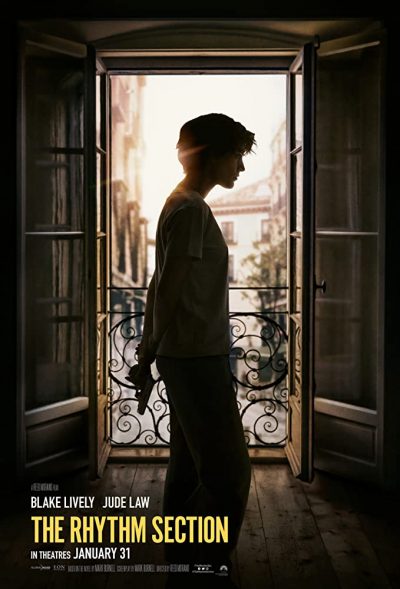 The action-heroine genre has seen its share of high-profile flops in the past. But this long-delayed entry, originally due out in February 2019, is among the worst, setting a record for the lowest ever opening at the North American box-office for a wide release. It took in only $2.8 million from 3,049 theaters when it opened in January, and ended with a worldwide gross below $6 million, against a budget of $50 million. While smaller in scale, that’s a
The action-heroine genre has seen its share of high-profile flops in the past. But this long-delayed entry, originally due out in February 2019, is among the worst, setting a record for the lowest ever opening at the North American box-office for a wide release. It took in only $2.8 million from 3,049 theaters when it opened in January, and ended with a worldwide gross below $6 million, against a budget of $50 million. While smaller in scale, that’s a 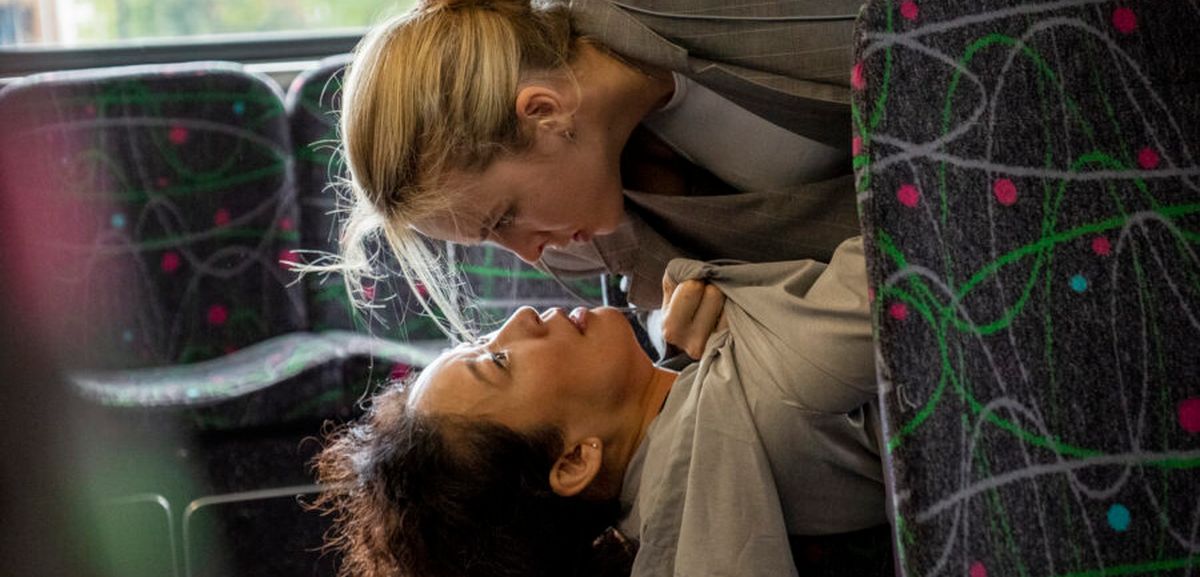 I remember how the first series of Killing Eve blew my socks off, and was completely unlike anything else on television. The second series fell short, but that was unsurprising – how could it be otherwise? – and there was still the chance for it to mount a course correction and recover. This third installment, however, has if anything accelerated the downward trend. What was once must-see television has become something which sits on in the background, typically as I surf the Internet on my phone. I can’t think of another series which has collapsed in such a remarkably brief time-frame.
I remember how the first series of Killing Eve blew my socks off, and was completely unlike anything else on television. The second series fell short, but that was unsurprising – how could it be otherwise? – and there was still the chance for it to mount a course correction and recover. This third installment, however, has if anything accelerated the downward trend. What was once must-see television has become something which sits on in the background, typically as I surf the Internet on my phone. I can’t think of another series which has collapsed in such a remarkably brief time-frame. You could skip the first 30-45 minutes of this, and it really would not affect your enjoyment level significantly. It seems to be one of those cases where the director is far more in love with the dialogue and characters than they deserves, and so we have to sit through far too much flapping of jaws by the latter, delivering the former in inane and uninteresting conversation, before we get to the meat of the story. Which is, as follows.
You could skip the first 30-45 minutes of this, and it really would not affect your enjoyment level significantly. It seems to be one of those cases where the director is far more in love with the dialogue and characters than they deserves, and so we have to sit through far too much flapping of jaws by the latter, delivering the former in inane and uninteresting conversation, before we get to the meat of the story. Which is, as follows.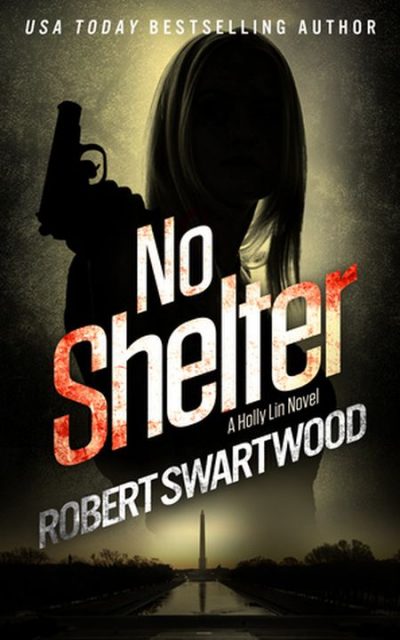 “Meet Holly Lin. Nanny by day, assassin by night.” That was the tagline here, and you’ll understand why it jumped off the Amazon page and onto my Kindle. I was expecting something like Mary Poppins crossed with Atomic Blonde [“A spoonful of C-4 helps the terrorists go down…”], which is a great concept. However, I guess I’m going to have to write that book myself, because this isn’t it. I suppose, technically it is, though may be closer to like “vaguely nannies some times, assassin at others”. It certainly helps in terms of workplace schedule flexibility, that she nannies for her government boss. So it’s apparently fine when she has to abandon her charges and jet off from Washington to Las Vegas to assassinate someone selling a flash drive, on which is… Well, we’ll get back to that.
“Meet Holly Lin. Nanny by day, assassin by night.” That was the tagline here, and you’ll understand why it jumped off the Amazon page and onto my Kindle. I was expecting something like Mary Poppins crossed with Atomic Blonde [“A spoonful of C-4 helps the terrorists go down…”], which is a great concept. However, I guess I’m going to have to write that book myself, because this isn’t it. I suppose, technically it is, though may be closer to like “vaguely nannies some times, assassin at others”. It certainly helps in terms of workplace schedule flexibility, that she nannies for her government boss. So it’s apparently fine when she has to abandon her charges and jet off from Washington to Las Vegas to assassinate someone selling a flash drive, on which is… Well, we’ll get back to that.